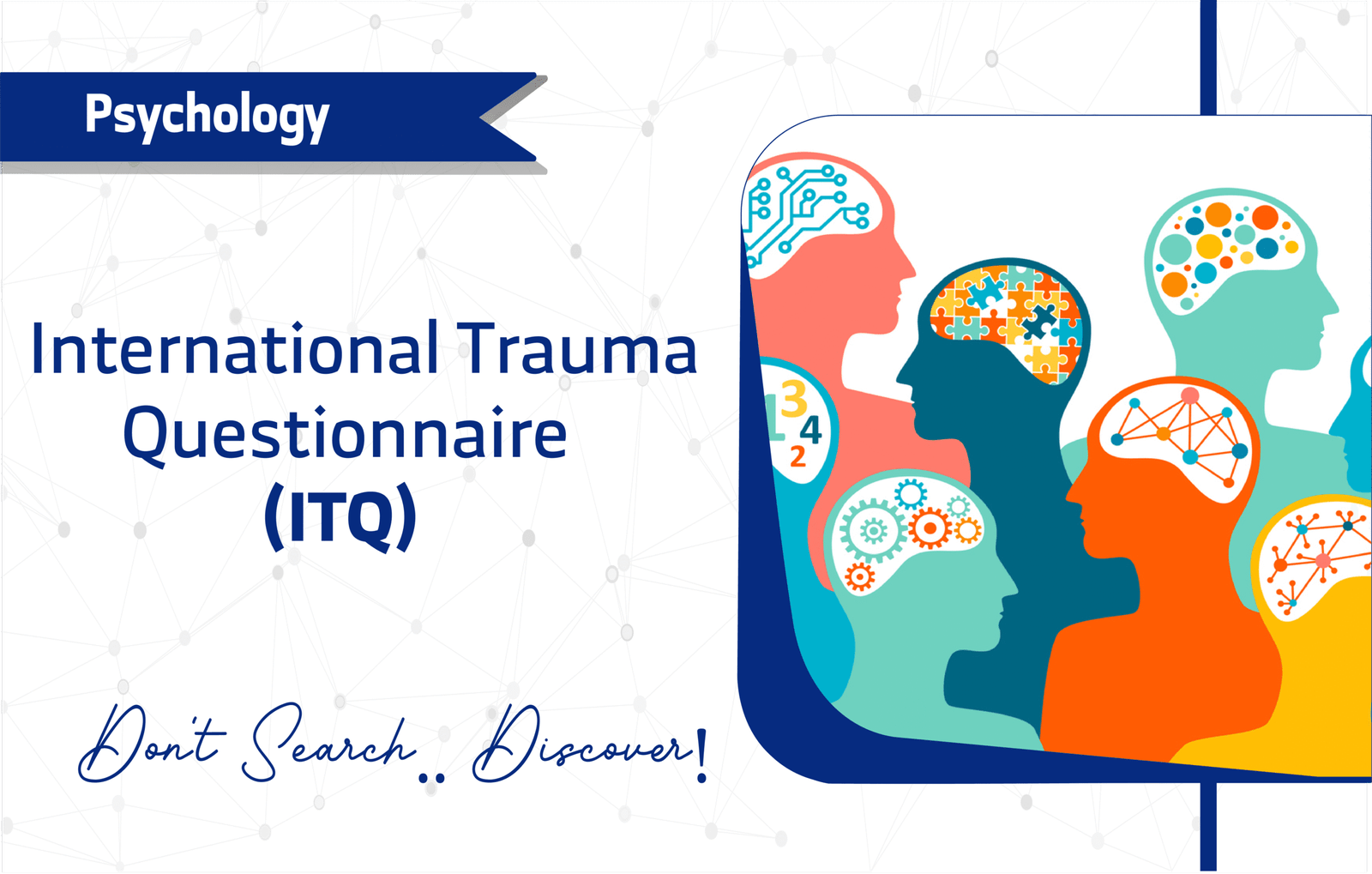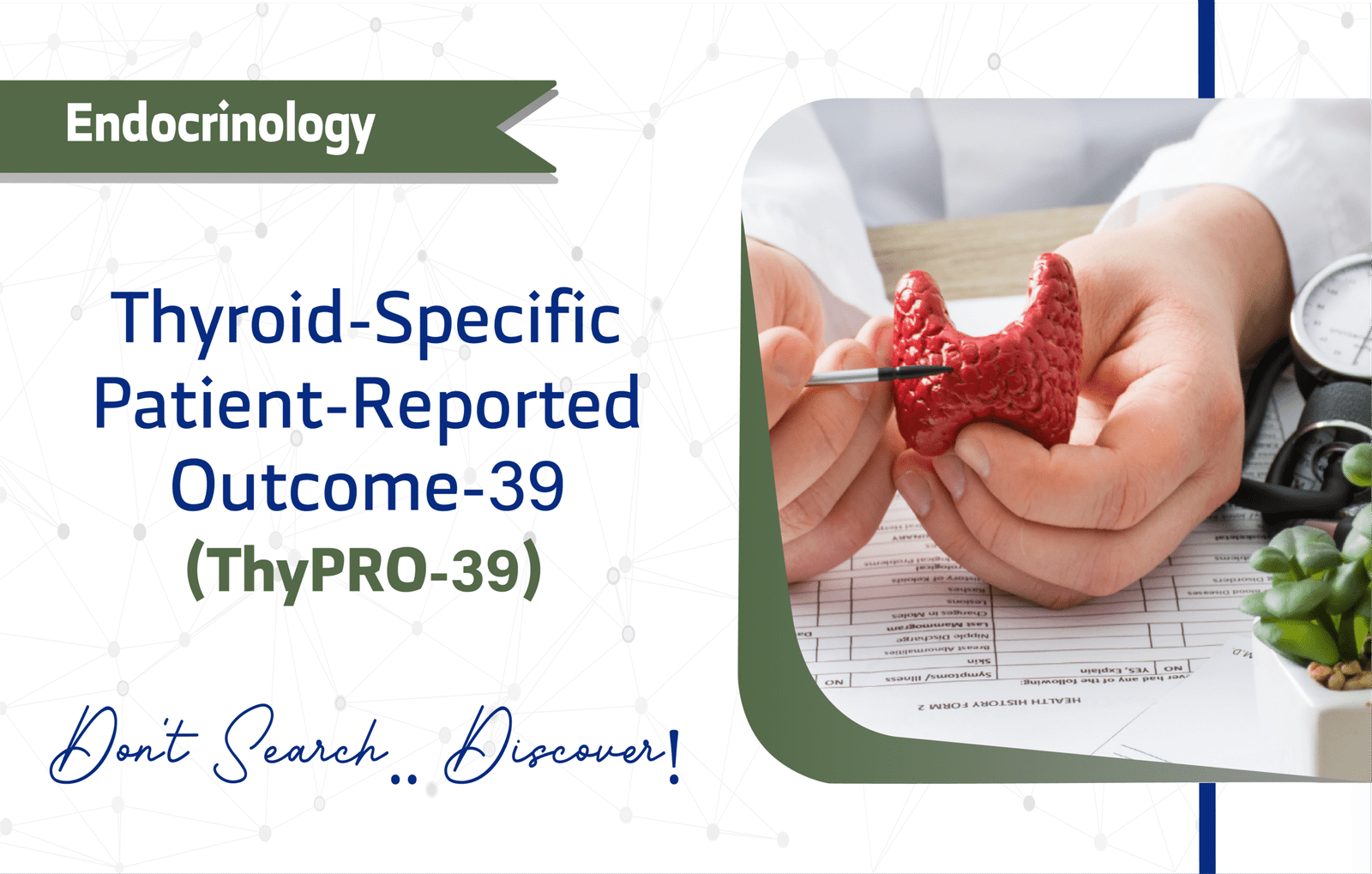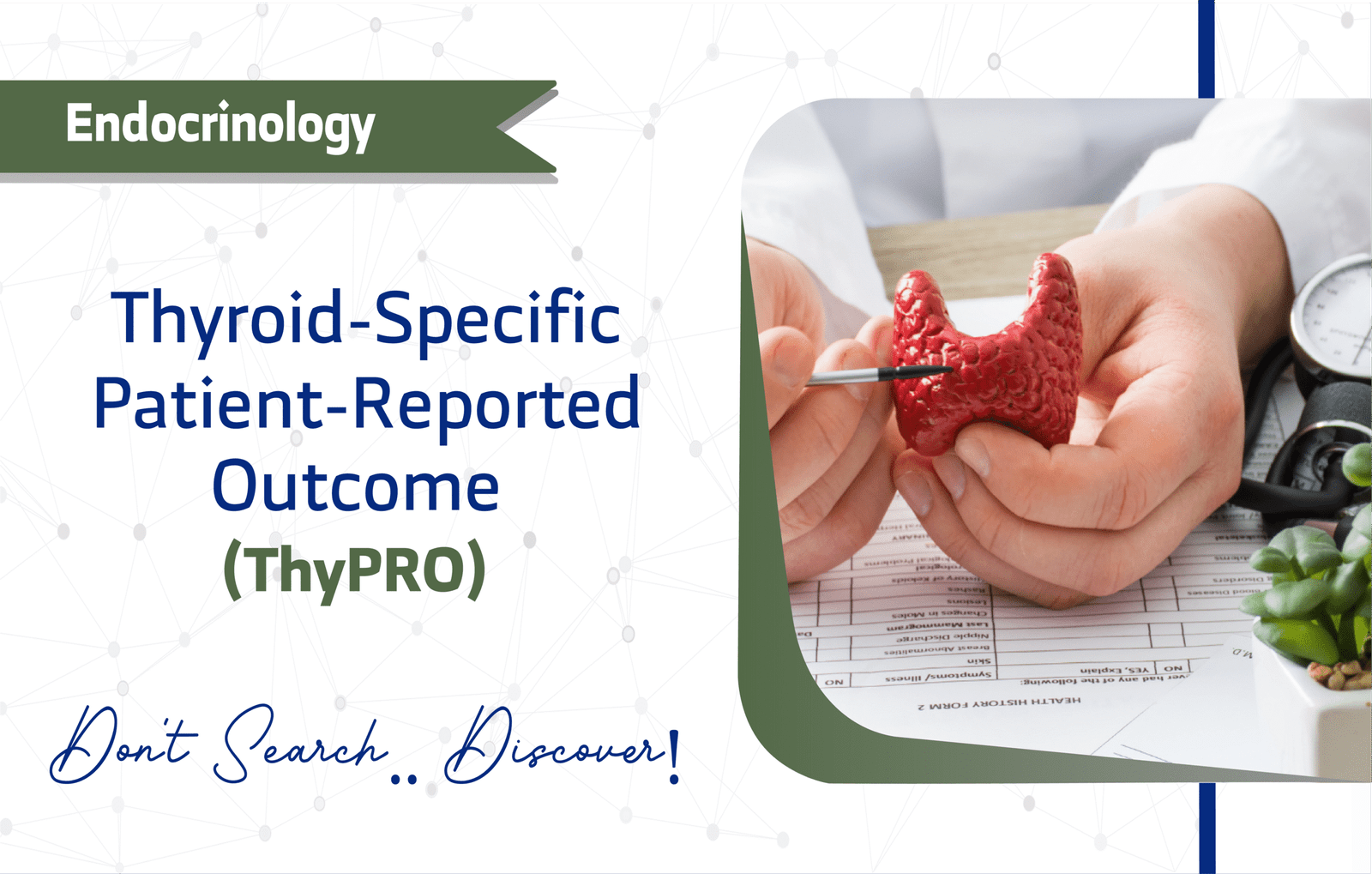Introduction
Developed by Dr. Murray Johns in 1990 and refined in 1997, the Epworth Sleepiness Scale (ESS) is a cornerstone in sleep medicine for assessing daytime sleepiness. With over 10,000 citations on Google Scholar, its global adoption underscores its reliability and utility. For example, its simplicity enables quick administration in busy clinics. Consequently, this article provides researchers and clinicians with a detailed exploration of the ESS’s features, applications, and clinical value, equipping them with insights to enhance sleep disorder research and practice.
Key Features of the Epworth Sleepiness Scale
Purpose and Use of the Epworth Sleepiness Scale
The ESS evaluates an individual’s average level of daytime sleepiness, making it a critical tool for identifying sleep disorders like sleep apnea. Clinicians use it for screening and monitoring, while researchers employ it in clinical trials and epidemiological studies. For instance, its focus on daytime sleepiness helps prioritize interventions, enhancing patient outcomes in sleep medicine.
Target Population
The ESS is validated for adults aged 18 and older, including:
- Young Adults (18–24 years)
- Middle-Aged Adults (25–44 years)
- Older Adults (45–64 years)
- Seniors (65+ years)
Additionally, the ESS for Children (ESS-CHAD) extends its use to pediatric populations. Therefore, it suits diverse clinical and research settings, though pediatric applications require further validation.
Structure of the Epworth Sleepiness Scale
The ESS consists of eight items, each describing a common daily situation where a person might sit or rest quietly. For each scenario, respondents rate their chance of dozing off or falling asleep, not just feeling tired, using a 4-point Likert scale. The scale ranges from 0 (“no chance to doze”) to 3 (“high chance of dozing”). This structure efficiently captures subjective sleepiness across a range of activities.
Scoring Method
Each of the 8 questions in the ESS is accompanied by the same scale of 4 answers, scored from 0 to 3, yielding a total score of 0 to 24. Higher scores indicate greater daytime sleepiness.
A score of ≥11 is the standard clinical cut-off for identifying excessive daytime sleepiness, often prompting further evaluation for conditions like sleep apnea. Consequently, this clear scoring system simplifies clinical decision-making.
Administration Format of the Epworth Sleepiness Scale
The ESS offers flexibility in administration and can be completed via:
- Paper-based forms
- Digital (Online) platforms
- Interviews (In-person)
- Phone/Video Call
The ESS is self-administered, requiring no special training, and takes less than 5 minutes to complete.
Applications of the Epworth Sleepiness Scale
The ESS serves multiple roles in sleep medicine:
- Screening: Identifies patients with excessive daytime sleepiness, signaling potential sleep disorders.
- Monitoring: Tracks changes in sleepiness over time, particularly during treatment.
- Treatment Planning: Guides therapy prioritization based on ESS scores, focusing on severe cases.
Research: Supports clinical trials evaluating sleep interventions, advancing evidence-based practice.
For instance, a score of ≥16 may prompt a clinician to recommend polysomnography, while researchers analyze trends in sleepiness prevalence.
Languages and Availability
To support global accessibility, the ESS is available in over 50 languages, including:
- Arabic
- English
- Mandarin Chinese
- French
- Russian
- German
As well as Japanese, Hindi, Portuguese and Spanish. This multilingual reach enhances its utility in international sleep research and clinical practice.
Reliability and Validity
The ESS boasts high reliability, with a Cronbach’s alpha of 0.88, indicating strong internal consistency. Validation studies confirm its efficacy across diverse populations, ensuring robust psychometric properties. Moreover, its sensitivity to changes in sleepiness levels makes it ideal for monitoring treatment outcomes. For example, its concise format maintains accuracy, appealing to both clinicians and researchers.
- Access the validation study (Reliability and Efficacy of the Epworth Sleepiness Scale: Is There Still a Place for It?) here.
Cost and Licensing of the Epworth Sleepiness Scale
The ESS is free for non-commercial use, with proprietary licensing managed by M.W. Johns Pty Ltd. For inquiries, contact Dr. Murray Johns at drmwjohns@gmail.com.
Related Questionnaires and Other Versions
Researchers and clinicians may find it useful to be aware of other questionnaires that are similar or complementary to the ESS, such as:
- PSQI: Pittsburgh Sleep Quality Index.
- Stanford Sleepiness Scale.
Additionally, other versions of the ESS exist, including:
- ESS-CHAD: ESS for Children.
- The 1997 version of ESS
These related instruments provide additional options for researchers studying Asthma across different populations.
Limitations and Considerations
However, despite its strengths, the ESS has a few limitations:
- Self-report measure: Respondents may be influenced by social desirability bias or personal interpretation.
- Cultural Bias: The interpretation of “dozing” or “falling asleep” can vary across different cultures, potentially introducing bias.
- Narrow Focus (Limited Domains Covered): The ESS specifically measures subjective daytime sleepiness and does not provide insight into other important sleep dimensions like sleep quality, sleep architecture, or specific sleep disorders.
- Age Restrictions (Not Suitable for All Age Groups): While an ESS for Children exists, the adult ESS is not validated for individuals under 18.
- Social Desirability Bias: This inherent limitation in self-report measures means that respondents might consciously or unconsciously adjust their responses to present a more favorable picture.
In addition, the ESS is not diagnostic alone as it is used alongside clinical evaluation.
Additional Resources
For further exploration, consider these resources:
- Original Validation Study: A new method for measuring daytime sleepiness: the Epworth Sleepiness Scale, study link.
- Access the ESS calculator.
- Access the ESS as a PDF.
- For inquiries, contact Dr. Murray Johns at drmwjohns@gmail.com
Frequently Asked Questions (FAQ)
- Who can use the ESS?
Clinicians, researchers, and healthcare providers use the ESS for adults aged 18 and older with suspected sleep disorders. - How long does it take to complete the ESS?
Patients typically complete the ESS in less than 5 minutes, ideal for busy clinical settings. - How is the ESS administered?
Healthcare teams administer the ESS via paper-based, digital, phone/video calls or interview formats, offering flexibility in usage. - Is there any cost to using the ESS?
The ESS is free for non-commercial use. For commercial or funded academic projects, permission from M.W. Johns Pty Ltd at drmwjohns@gmail.com may be necessary.
A word from ResRef about the Epworth Sleepiness Scale
The ESS is a well-validated, widely used tool for assessing subjective daytime sleepiness, with demonstrated reliability across diverse populations and clinical settings. Its simplicity and strong psychometric properties make it a staple screening instrument in sleep medicine, though objective measures (e.g., polysomnography, MSLT) remain the gold standard for diagnosing specific sleep disorders.
References
- Scharf MT. Reliability and Efficacy of the Epworth Sleepiness Scale: Is There Still a Place for It? Nat Sci Sleep. 2022 Dec 13;14:2151-2156. doi: 10.2147/NSS.S340950. PMID: 36536636; PMCID: PMC9759004. Study link.
- Johns MW. A new method for measuring daytime sleepiness: the Epworth sleepiness scale. Sleep. 1991 Dec;14(6):540-5. doi: 10.1093/sleep/14.6.540. PMID: 1798888. Study link.








